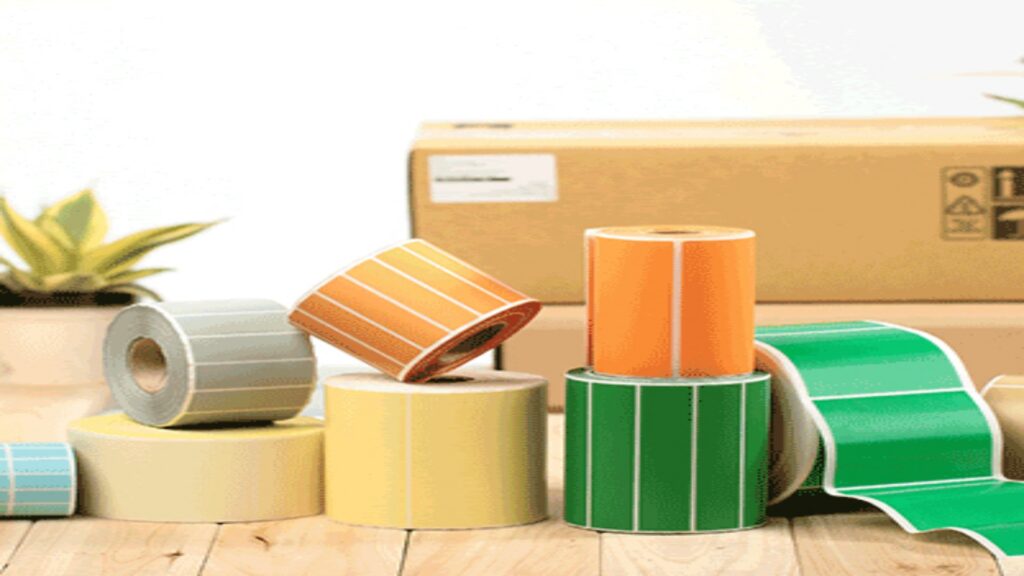Transparent self-adhesive labels (also known as transparent sticker labels, clear labels, or transparent adhesive labels) are widely used in packaging for cosmetics, food, pharmaceuticals, electronics, and daily chemical products. Compared with traditional labeling solutions, transparent self-adhesive labels feature easy application, high efficiency, no glue mess, and cleaner production, making them one of the most popular packaging label types.
This article explains the key advantages, printing methods, and common die-cutting techniques used in transparent self-adhesive label production.
Advantages of Transparent Self-Adhesive Labels
1. Low Cost & Fast Production (High Efficiency)
Transparent self-adhesive labels are commonly used for trademark labels、product stickers、branding labels, where the print area is relatively small.
Because of this:
- Printing speed is fast, suitable for mass production.
- Large quantities can be produced in a short time, significantly improving productivity.
- Waste is reduced, lowering material costs and saving on waste-handling labor.
2. Multiple Printing Methods & Flexible Applications
Transparent self-adhesive labels support various printing technologies, allowing brands to choose the most suitable effect:
- Offset-like sheet-fed printing
- Screen printing (silk screen) — excellent for opaque white ink
- Flexographic printing — widely used in roll-to-roll label production
- Digital printing — fast, flexible, suitable for small batches
This flexibility makes transparent labels suitable for industries requiring small orders, large orders, or custom label variations.

3. Simple Usage & Easy Application
Transparent self-adhesive labels are extremely easy to use:
Production process:
- Material preparation
- Plate making & ink mixing
- Printing & finishing
Application:
- Peel off the backing and stick directly
- Can be applied manually or with automatic labeling machines
- Suitable for glass, plastic, metal, packaging boxes, bottles, and containers
Common Applications of Transparent Self-Adhesive Labels
- Pharmaceutical labels
- Food & beverage labels
- Wine labels
- Cosmetic & shampoo labels
- Battery & electronic product labels
- Outer carton logistics labels
- Barcode and variable information labels
- Temporary production labels
Die-Cutting Methods for Transparent Self-Adhesive Labels
1. Die-Cutting Process (Most Common Method)
Die-cutting allows transparent labels to be cut into any shape:
- Irregular shapes
- Rounded edges
- Custom branding shapes
- Decorative product labels
This process makes transparent labels suitable for cosmetics, beverages, daily chemical products, and other industries that require visually attractive label shapes.
2. Hot Stamping (Gold / Silver Foil)
Hot stamping is less common due to higher cost, but it is widely used in:
- Brand logos
- Premium packaging
- High-end product labels
Using the heat transfer principle, the metallic foil is transferred to the label surface, creating:
- A metallic gold or silver effect
- Higher decorative value
- Better anti-counterfeiting ability
Transparent self-adhesive labels remain one of the most versatile and efficient labeling solutions.
With advantages such as fast production, flexible printing, easy application, and support for various die-cutting and finishing processes, transparent labels are widely used in cosmetics, food, wine, pharmaceuticals, electronics, and more.
By choosing suitable printing methods and die-cutting techniques, brands can create clear labels with strong visual impact and excellent durability.


